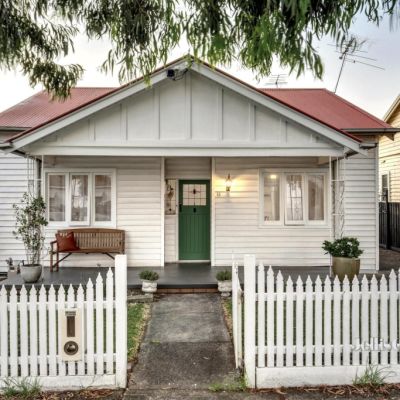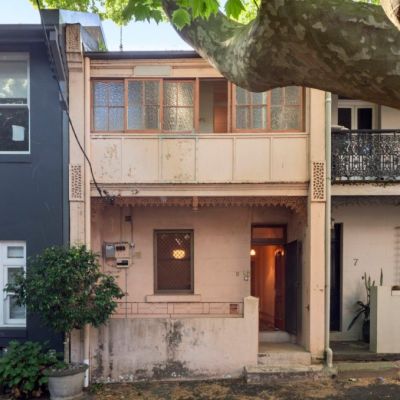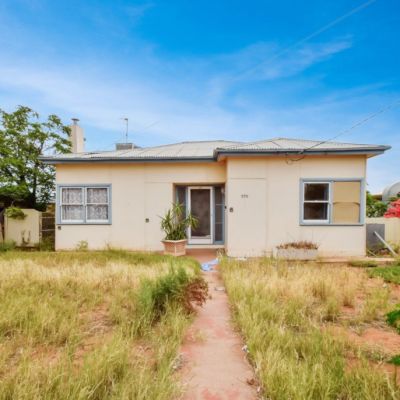Where property prices will fall in 2025 – even if there is a rate cut
Property prices in Sydney and Melbourne are tipped to fall by up to 5 per cent next year, even as Australia-wide home prices are expected to record a moderate rise.
The average capital-city property price across Australia is predicted to rise by 1 to 4 per cent, SQM Research’s Housing Boom and Bust Report 2025, published on Monday, forecast.
While that increase would be driven by smaller capitals, Sydney and Melbourne are expected to decline further, with both forecast to fall between 1 and 5 per cent over the year.
It assumed the Reserve Bank would cut the cash rate by between 0.25 percentage points and 0.5 percentage points by the middle of the year.
SQM Research founder Louis Christopher said the small-to-moderate rise in the capital city average would be thanks to booming property markets in the nation’s smaller capitals.
“That will be driven by some pretty solid gains in Perth, Brisbane and Adelaide and offset by some moderate price falls in Sydney and Melbourne,” he said. “The reason is right now we believe Sydney and Melbourne house prices are falling as we speak. The expectation is they’ll keep falling until we get that rate cut.”
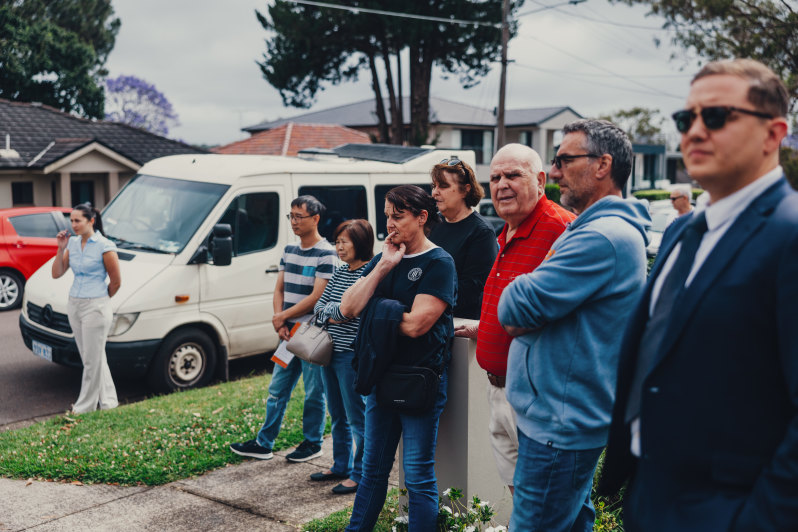
Christopher predicted that both Sydney and Melbourne would record an overall decline, even if they lifted after a rate cut. Accumulating listings, distressed sales and an unaffordable market would weigh on prices, he said.
“There will probably be a lag of two to three months before that happens. And most likely towards this time next year we will be recording rising prices in Sydney and Melbourne, but it won’t offset the falls we’ll see at the start of the year.”
Years of high rates were pushing some home owners and investors to sell, Christopher said, which would push prices down.
“We’re watching very closely the rise in distressed-listings activity,” he said. “It’s one of the key drivers.”
Perth was tipped to outperform the rest of the country, Christopher said, with home prices forecast to rise by 14 to 19 per cent. Brisbane would next see the most growth, rising between 9 and 14 per cent. It would be followed by Adelaide, up 8 to 13 per cent.
AMP deputy chief economist Diana Mousina said dwelling prices could grow slightly more than SQM’s prediction.
“Our forecast is for 5 per cent next year, though I do agree with the divergence [between Sydney and Melbourne and other capitals],” she said.
Mousina didn’t think Sydney house prices would be down over the year, though.
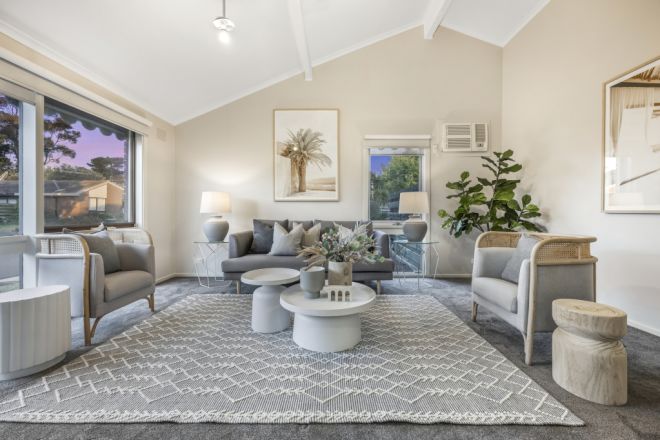
“It’s hard to see Sydney prices falling [across the year]. I think small price falls in Melbourne are reasonable to expect,” she said. “In Sydney, I think we still have a situation of undersupply basically.”
CBA chief economist Gareth Aird agreed with Mousina’s prediction of 5 per cent growth nationally but assumed the RBA would cut the cash rate by 1 percentage point over 2025.
He said unaffordable house prices would weigh on both Sydney and Melbourne, though he expected Sydney’s growth to outpace Melbourne’s.
“Sydney is the least affordable market in Australia … compared to the other capital cities, it stands out as being unaffordable,” Aird said.
“You do get fatigue creeping in and there’s only so much that house prices can outpace wage growth when you have high rates.”
Christopher said he expected strong price growth to continue in Perth, Brisbane and Adelaide because they each were expected to have strong population growth, which would outpace new housing supply.
Perth, in particular, would outperform the rest of the country, he said.
“When we look at the leading indicators for Perth … there’s nothing to suggest trouble is brewing,” Christopher said. “If there is a correction coming in Perth, you first see it in the mining towns. And we’re not seeing any signs.”
Mousina agreed. “Perth will be the standout. That’s what it looks like at the moment, and just looking at some economic trends, it’s coming out on top.”
Christopher said any changes, or lack thereof, to the cash rate could make some difference to what house prices could do in 2025.
“Our second-most likely scenario mentioned is zero rate cut, and based on the recent language from the RBA, that’s the reason we believe there is a reasonable chance they don’t cut at all,” he said.
In this scenario, SQM predicted dwelling prices would either grow by up to 1 per cent nationally or fall by up to 3 per cent. They could fall as much as 7 per cent in Melbourne and 8 per cent in Sydney, and rise by as much as 11 per cent in Perth.
We recommend
We thought you might like
States
Capital Cities
Capital Cities - Rentals
Popular Areas
Allhomes
More
